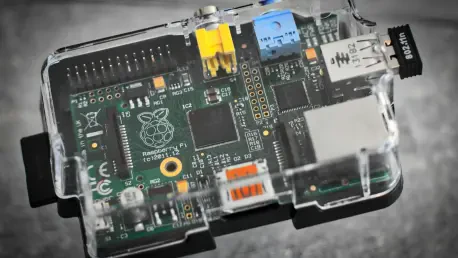
In today's rapidly evolving technological landscape, open-source Internet of Things (IoT) frameworks have taken center stage as pivotal tools for innovation, cost-efficiency, and scalability. As IoT ecosystems expand and diversify, these frameworks have emerged as essential assets for developers,
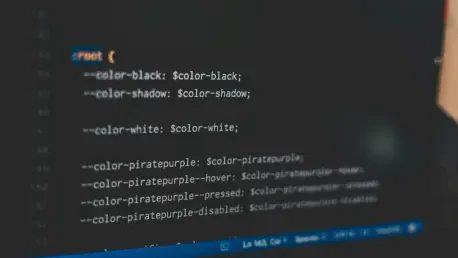
In the rapidly evolving landscape of application development, AI agents have emerged as potential successors to microservices, offering a new paradigm in software architecture. As technology continues its relentless march forward, these intelligent and autonomous AI agents are heralded for their
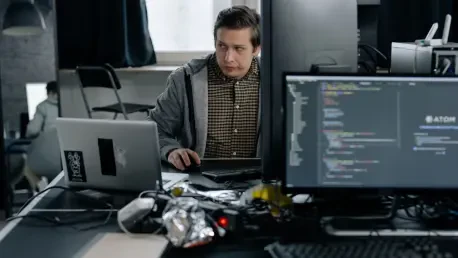
Imagine handling a large UX project only to witness its derailment in the face of mounting complexity and shifting goals. Consider how often projects tend to spiral beyond control, greatly exceeding their planned timelines and budgets. This conundrum is not just a rarity but a common phenomenon in
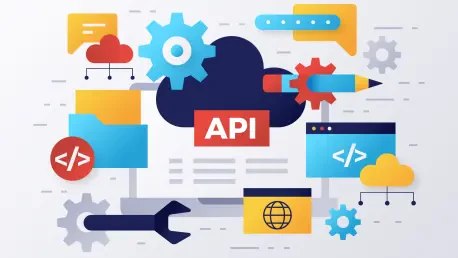
In recent years, artificial intelligence has emerged as a transformative force in numerous sectors, with its applications dependent on robust APIs to drive agent interactions. As AI agent applications become increasingly commonplace, safeguarding sensitive data and ensuring secure exchanges have

With Node.js at the forefront of modern web development, determining which framework will lead the industry is critical for developers and businesses. As the technology landscape rapidly evolves, certain Node.js frameworks are positioned to become indispensable tools in app development. This
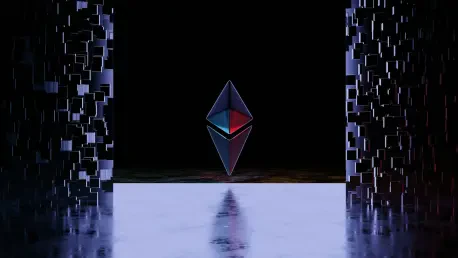
In the ever-evolving world of blockchain technology, Truffle Blockchain has been one of the most influential development frameworks shaping the Ethereum network. Since its inception, Truffle has played a crucial role in simplifying the development of decentralized applications (dApps) on the